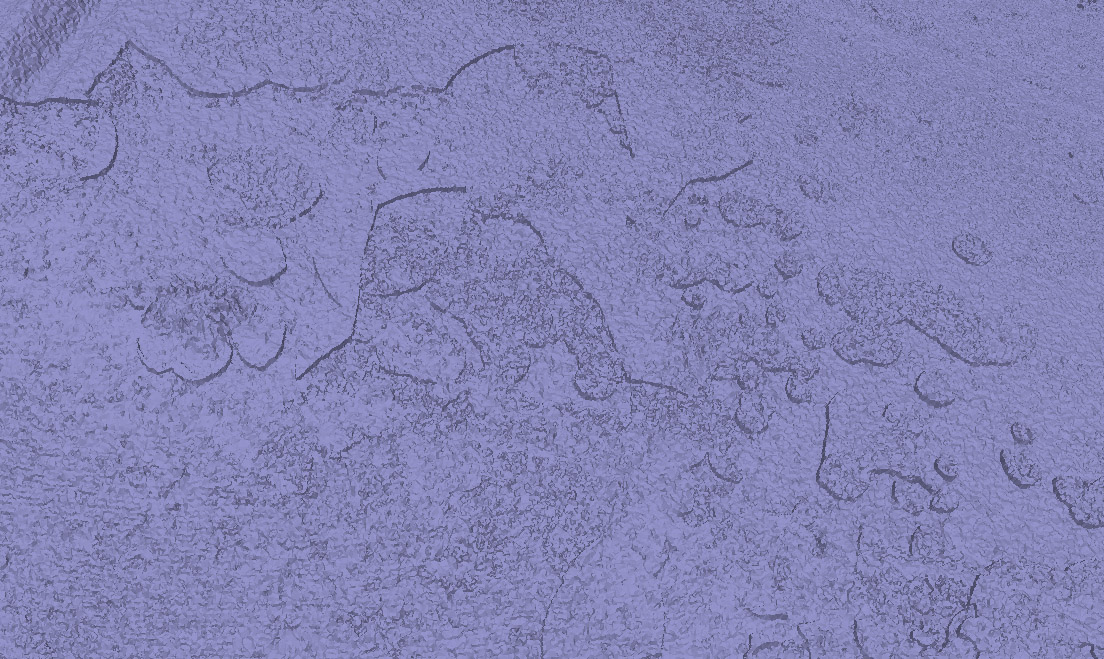Currently Metashape will accept the following camera calibration parameters (note those in bold):
f - Focal length measured in pixels (in pixels).
cx, cy - Principal point coordinates, i.e. coordinates of lens optical axis interception with sensor plane (
in pixels).
b1, b2 - Affinity and non-orthogonality (skew) coefficients (in pixels).
k1, k2, k3, k4 - Radial distortion coefficients (
dimensionless).
p1, p2 - Tangential distortion coefficients (dimensionless).
It is also possible to input the coordinates of any fiducial marks in mm, and also to input the focal length in mm.
Many archive (historical) aerial photographs (airphotos) come with Camera Calibration Reports/Certificates. The calibrated focal lengths and coordinates of the fiducial marks can readily be input. Where there are many airphotos in a strip or block these are usually sufficient initial conditions, which can readily be improved upon (i.e. the other parameters can be reliably estimated). However, it would still be useful to be able to add the many other calibration parameters available in certificates/reports, and especially in instances where very few photos are available (e.g. just 2 to 4) and thus the estimates for the other parameters listed above are less reliable.
One of the barriers to this is the units used. For instance, most certificates/reports list the coordinates of the principle point in mm (whereas Metashape only accepts pixels). This can be estimated manually, if one knows the fiducial coordinates in mm and the number of rows/columns between them... but it would be much better to have the additional
option of adding
Principal point coordinates in mm please.
In a similar way
radial distortion is usually listed in the certificates/reports, but in
um in relation to degrees. It would be great to have the ability to
optionally add the distortion in such units please.
In some cases certificates/reports include calibrated distances between (i.e. across) pairs of fiducials (in mm). It would be great to have the option to add these also please.
Finally, some certificates/reports include uncertainties (in mm) for the estimate of the calibrated focal length. It would be great to be able to add these too, for use in constraining the SCBA.
Below is an example Camera Calibration Report/Certificate listed the parameter and units I mention.
Many thanks indeed.
















